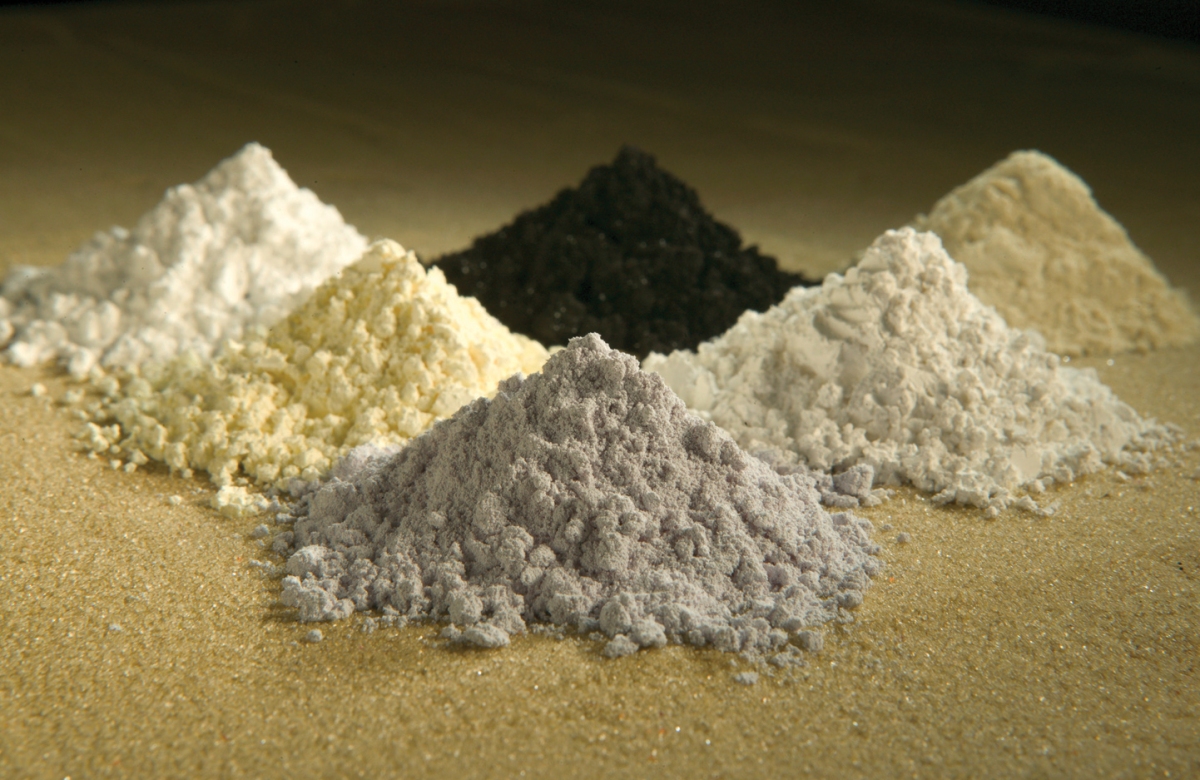Flash Graphene: Born Again Plastic Is Planet-Friendly
Chemist James Tour outlined a new approach to carbon waste at COSM 2021: Use electricity to turn it into graphene, to be recycled as new materialsRemember that mindblowing scene in Back to the Future II where Doc Brown shows up in his flying Delorean and throws trash into the “Mr. Fusion” unit in the back — and it’s instantly converted into fuel? We aren’t quite there yet. But if what Rice University synthetic chemist James Tour told COSM 2021 proves right, then we can take current trash — e-waste, food waste, useless wood, discarded plastic, old tires, etc. — and reclaim it at low cost to make materials that we can incorporate into many technologies.
Tour and his team have developed methods for turning carbon waste into graphene, an allotrope of carbon that can be stacked to form graphite (best known as the “lead” in pencils).
The “flash” part is that, via a “flash treatment,” electrodes induce a high voltage and high current into a sample of carbon-rich waste. Ten milliseconds and 3,300 degrees Kelvin later, you’ve created a usable form of graphene. At $30-35 in electricity costs per ton, the process is highly economical.
And then what? “Where are you going to put 8 billion tons of carbon?” Tour asked. Well, “You could put 8 billion tons of graphene in cement and concrete.”
The resulting graphene may have a myriad of commercial uses beyond cement and concrete, including metal alloys, plastics, medical applications, along with many other industrial uses.
Tour’s team has literally taken waste from old cars, flash-extracted carbon as graphene, and then given that graphene back to manufacturers to build new cars. They have been refining the production process, and estimate that at current rates of improvement, by mid–2022 they’ll produce over 1 ton of graphene per day, and 100 tons per day by the end of 2023.
From an environment perspective, the production of concrete accounts for 8% of all human CO2 emissions each year. But Tour’s graphene could be added to concrete to strengthen it, significantly reducing the amount needed for a given job.

Waste food filling up landfills is an additional source of greenhouse gases — not just of CO2 but also of the more potent gas, methane (CH4). On top of that, three hundred million tons of plastic are thrown into landfills and hundreds of millions of tires are discarded each year. All this waste is full of carbon — carbon which most people assume is useless or harmful. Thus, if Tour succeeds in pioneering the conversion and recycling of much of that carbon into graphene, it won’t end up in the atmosphere.
Graphene isn’t Tour’s only tech innovation that could change the world. Over the last decade, we’ve seen an explosion in popularity of electric vehicles. These cars’ batteries will need replacing in the coming decade, threatening a potential slew of dangerous e-waste from spent lithium-ion batteries.
Tour and his team are developing methods to recycle crucial elements of these batteries, including lithium, cobalt, manganese, and nickel. Such processes could divert toxic e-waste from landfills, and dramatically reduce the amount of costly mining that is needed to pull new raw materials out of the ground.
Again, the technique involves flash heating treatments where the materials are bombarded with high voltage and high current electricity, via electrodes, allowing low-cost recovery of crucial elements. Thee’s even a name for that now, Tour told the audience: urban mining
Remember all those motherboards you threw away when your college Windows XP laptop and desktop computers died? Well, they may not be good for gaming anymore but they still contain heavy metals and rare earth elements (REEs) that can be reclaimed and used in future technologies.

Urban mining promises not only environmental benefits but geopolitical ones as well. Everyone needs REEs to build computers. But during my geology PhD in South Africa, I often heard about how China is trying to corner the world market on REE mining. China knows what it is doing: Control the supply of REEs and you control the ability of people to build all kinds of tech.
Tour said we’re currently dependent on China for 95% of our REEs. But we’ve already pulled tons of REEs and other tech-necessary elements out of the ground and put them into technology — which we then discarded when the next better thing came on the market. His team has figured out how to recover REEs from that e-waste, and also from other forms of waste such as fly ash and bauxite residue. With efficient and economical flash techniques, one man’s trash could literally become another man’s next-generation computer.
Jim Tour is a man of faith and if you talk to him, he’s quick to credit God for blessing him and his team with these innovations and insights. He might not be giving us Mr. Fusion. But the work of his lab and his company, Universal Matter Inc, promise to help clean the environment and reduce our reliance on raw materials hoarders like China.
Too good to be true? Or more likely, the result of a lifetime of work by a humble scientist who puts his faith in God to help humanity.
You may also wish to read: Manipulating molecules: Combining info + nano for better medicine. At COSM 2021, scientists like Jim Tour and entrepreneurs like Matt Scholz offer a window into how we are learning to manipulate the building blocks of life. Designed information is the basis of biology so if you want to fix medical problems at the root, designing better information is the way to go. (Casey Luskin)
